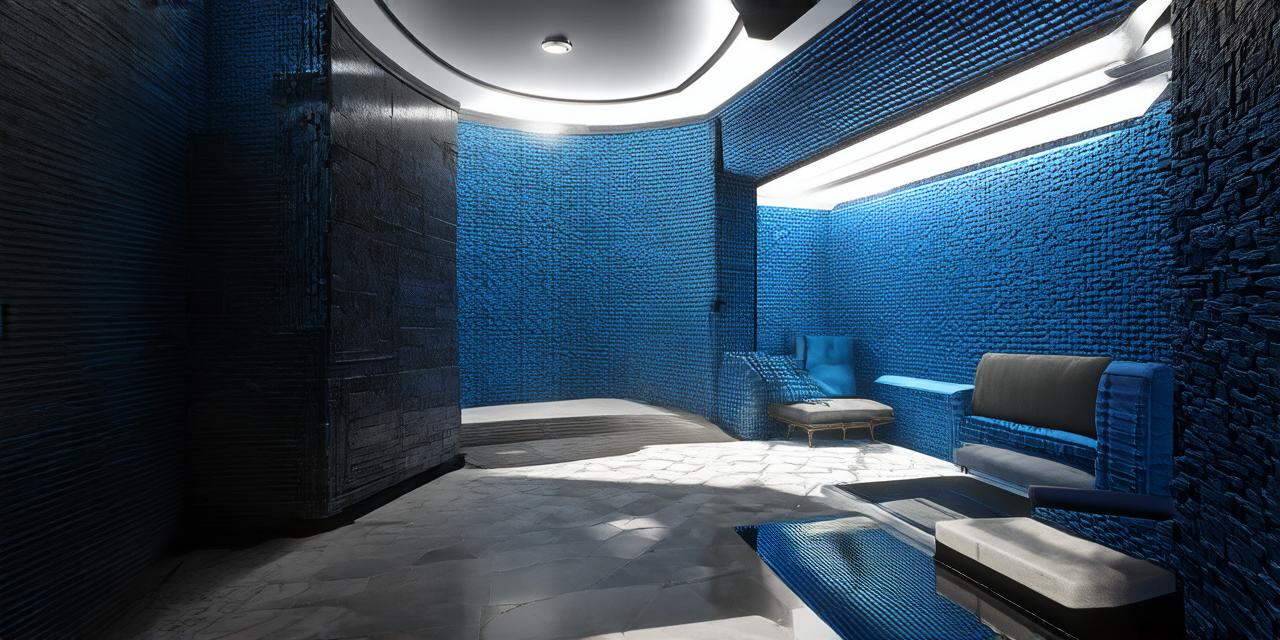Types of Unity 3D Assets
3D Models
The first type of asset that most developers are familiar with is 3D models. These can range from simple objects like boxes and cylinders, to complex characters and environments. There are many different types of 3D models available for Unity, including:
- Mesh models (created using tools like Blender)
- Rigged models (characters that can be animated)
- Skeletal models (animated using bones)
- Skinned models (animated using a skin matrix)
Textures
Textures are another important type of asset in Unity. They can be used to add color and detail to 3D objects, or to create entire environments. Some common types of textures include:
- Diffuse maps (used for color and lighting)
- Normal maps (used to simulate surface normals)
- Specular maps (used to simulate specular reflection)
- Roughness maps (used to simulate surface roughness)
Materials
Materials are used to define how a 3D object will look and behave. They can be used to change the color, texture, and other properties of an object. Some common types of materials include:
- Standard materials (basic materials that include diffuse, specular, and normal maps)
- Shader materials (more advanced materials that allow for more control over appearance)
Scripts
Scripts are small programs that can be used to add behavior to 3D objects. They are written in C or JavaScript and can be attached to a 3D object to make it interactive. Some common types of scripts include:
- Movement scripts (used to control the movement of an object)
- Combat scripts (used to simulate combat in a game)
- AI scripts ( used to create non-player characters with intelligent behavior)

Sound Effects
Sound effects are audio files that can be used to add sound and music to a Unity scene. They can be used to enhance the overall experience of a game or to provide important cues for players. Some common types of sound effects include:
- 2D sound effects (used for simple audio like footsteps and button clicks)
- 3D sound effects ( used for more complex audio like ambient background noise)
- Music files ( used to create a consistent audio experience)
Plugins and Extensions
Finally, there are many plugins and extensions available for Unity that can be used to add functionality and capabilities to the engine. Some common types of plugins include:
- Physics engines (used to simulate realistic physics in a scene)
- Animation tools ( used to create complex animations)
- Level editors ( used to create and edit levels in a game)
How to Find and Use Unity 3D Assets
The Unity Asset Store
The first place to look for Unity 3D assets is the Unity Asset Store. This is an online marketplace where developers can buy and sell assets created specifically for Unity. The asset store has a wide variety of assets available, including:
- 3D models (characters, environments, objects)
- Textures
- Materials
- Scripts
- Sound effects
- Plugins and Extensions
To find an asset in the asset store, simply search for the type of asset you are looking for. You can also filter your results by categories like "free" or "premium," or by ratings and reviews. Once you have found an asset that you want to use, simply download it and import it into your Unity project.Online Marketplaces
In addition to the asset store, there are many other online marketplaces where developers can find Unity 3D assets. Some popular options include:
- TurboSquid (a site that specializes in 3D models)
- CGTrader (a site that offers a wide variety of 3D models, textures, and materials)
- Creative Market (a site that allows artists to sell their own assets)
When using assets from an online marketplace, be sure to read the asset’s license agreement carefully. Some assets may be free to use for personal projects, but require a paid license for commercial use.Custom Assets
Finally, developers can also create their own Unity 3D assets. This can be done using tools like Blender or Maya to create 3D models, or by writing scripts in C or JavaScript. When creating custom assets, developers have complete control over how the asset will look and behave, allowing them to create truly unique content.
Benefits of Using Unity 3D Assets
Speed up Development Time
One of the biggest benefits of using Unity 3D assets is that they can help speed up development time. Instead of having to create everything from scratch, developers can simply download and import pre-made assets into their project. This can save a lot of time and effort, especially for complex projects.
Reduce Development Costs
Another benefit of using Unity 3D assets is that they can help reduce development costs. Instead of having to hire a team of artists and programmers to create everything from scratch, developers can simply purchase or download pre-made assets. This can be especially cost-effective for small indie games or projects with limited budgets.
Enhance the Look and Feel of Your Project
Unity 3D assets can also help enhance the look and feel of your project. With a wide variety of assets available, developers can find exactly what they need to create the visual style
